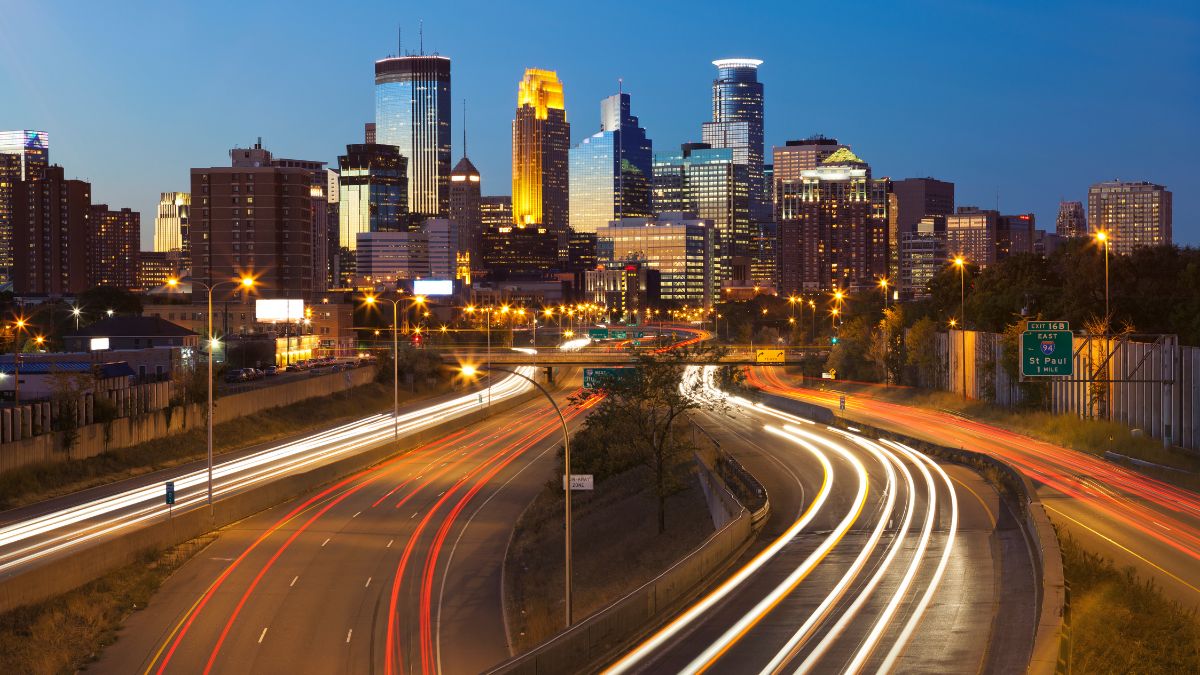Miami to Minneapolis: Regional Disparities in Internet Speed and Affordability
Category : Nextelle Wireless | Sub Category : Nextelle Wireless Posted on 2025-08-19 11:06:08

From the sunny streets of Miami to the frigid suburbs of Minneapolis, internet connectivity has become a daily necessity for people to stay connected, learn, work, and get healthcare. Even though we live in a highly developed nation, Americans' experiences with the internet vary greatly depending on where they live. Despite being large cities with expanding digital economies, Miami and Minneapolis's citizens frequently confront various obstacles in terms of internet availability, affordability, and speed.
In Miami, a metropolis influenced by immigration, tourism, and global trade, neighborhood-specific internet speeds might differ significantly. Richer neighborhoods, such as Brickell or Coral Gables, usually have fast fiber connections with a variety of providers. However, there are fewer reasonably priced plans available and speeds may lag behind in low-income areas and in certain areas like Little Havana or Hialeah. For families attempting to stay up with distant job or virtual education, this digital divide can exacerbate already-existing social injustices.
Minneapolis, which is frequently commended for its
forward-thinking infrastructure, has made significant investments to provide
access to high-speed internet. Public-private partnerships and community-driven
broadband initiatives are beneficial in many locations. Affordability is still
an issue, though, particularly for older people or lower-income households.
People find it more difficult to stay connected to metropolitan opportunities
in surrounding rural villages just outside of the city since internet options
can still be expensive or scarce.
The absence of rivalry is one of the main causes of these differences. Residents in certain areas of both cities might only have access to one or two internet service providers. Insufficient competition frequently results in stagnating service quality and higher prices. Additionally, although some localities, like Minneapolis, have tried municipal broadband, nationwide initiatives are still not uniform.
One of the biggest obstacles to digital inclusion, according to national data, is the cost of the internet. Even with fast internet, many households have to decide between paying for data and meeting basic expenses like rent and groceries. This is particularly true in cities with a high immigrant population, like as Miami, where negotiating digital plans can be challenging due to language problems and unstable income.
However, there is still hope. The goal of federal initiatives like the Affordable Connectivity Program (ACP) is to provide low-income households with subsidies. Schools, libraries, and charitable organizations in the area are stepping up to offer digital literacy instruction and hotspots. Cities such as Minneapolis are demonstrating that careful planning and community engagement can aid in closing these gaps.
Fast and reasonably priced internet should ultimately be a basic necessity rather than a luxury, regardless of whether you're in a bucolic house in Minneapolis or a high-rise apartment in Miami. It takes more than simply technology to address these geographical discrepancies as the digital world becomes more and more important. It's about making sure that no one is left behind, equity, and opportunity.
You can visit our website https://www.nextelle.us.
#Internet #Internetconnection #Internetconnectivity
#NextelleWireless
Search
Categories
Recent News
- Introducing the Latest Model of Apple iPhone: Cutting-Edge at Your Fingertips
- The Latest Model of Samsung Galaxy: A Remarkable Blend of Innovation and Style
- Unlimited Smartphone Plans for You
- The Latest Buzz in Smartphone News
- The Best Smartphone Options Available
- Existing Wireless Connection: Enabling Connectivity Beyond Boundaries
- Wireless Connection Devices: Revolutionizing Connectivity
- Smartphone Audio Quality: A New Era of Immersive Sound